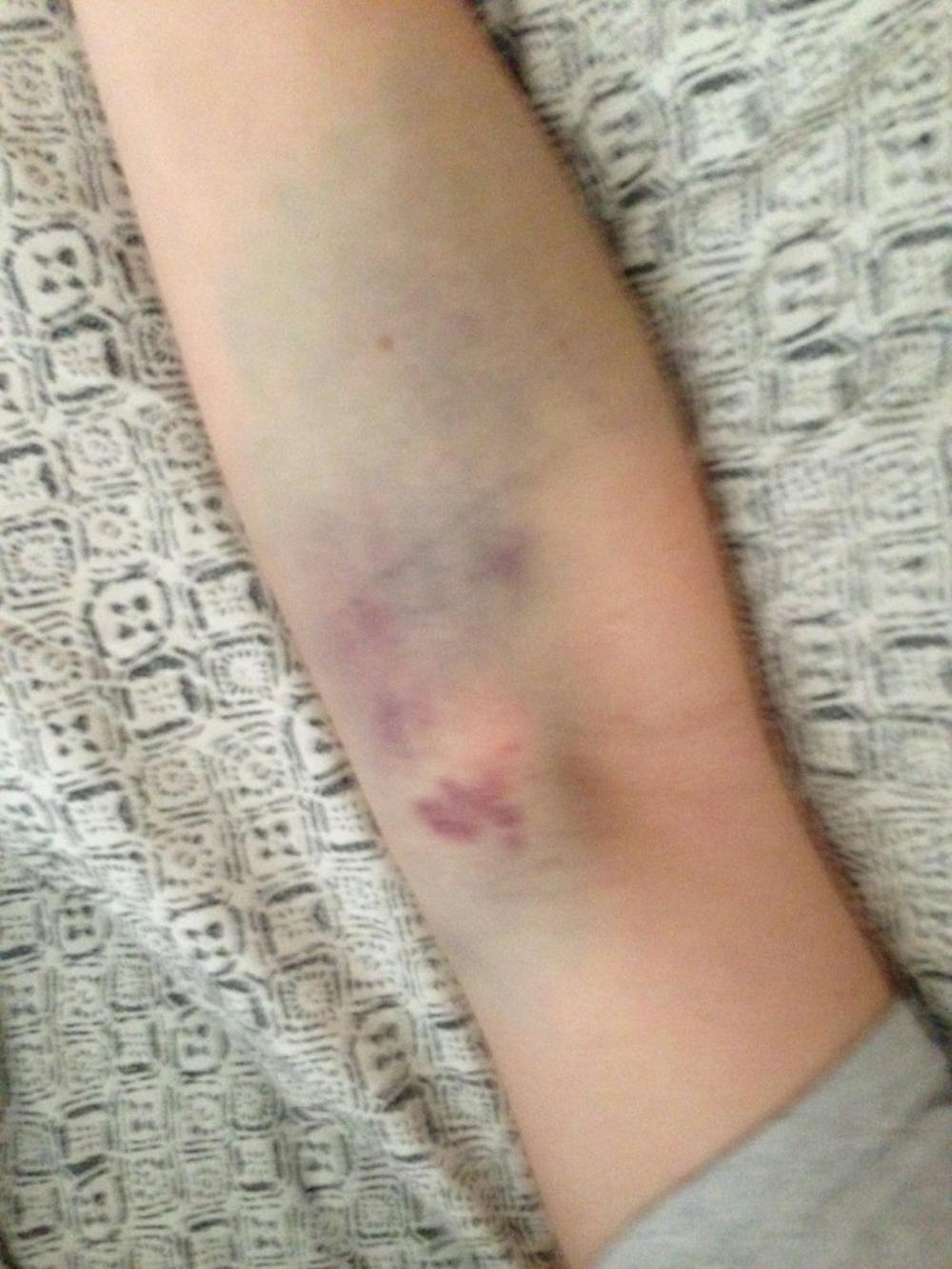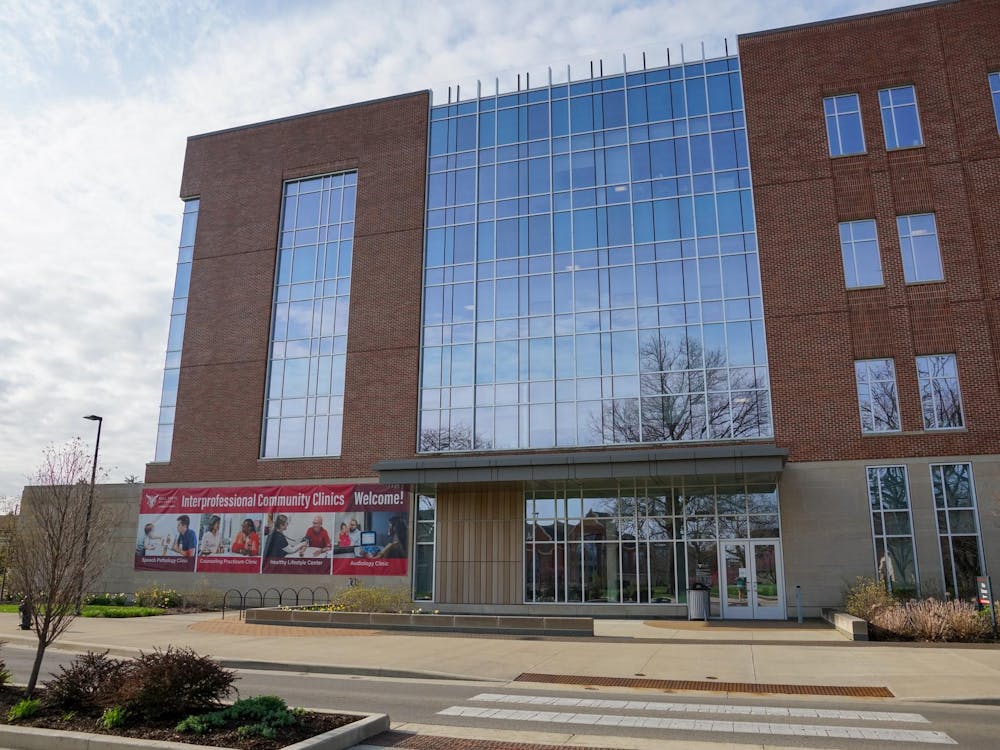By the numbers:
3 million liters of plasma
collected last year
$20
earned for the first donation
$30
earned for the second donation
60 BioLife locations
around the U.S.
20-35
average age of donors
• Some students turn to plasma donations as a quick way to get money.
• Plasma centers carefully check their donors before accepting a donation.
• Donors can give twice a week and earn $20 the first visit and $30 on later visits.
When one fraternity pledge realized he didn’t have the money to pay some unexpected dues, he decided to draw from another source — his blood.
Quinn Reuter, a sophomore construction major, went with two of his fraternity members to BioLife, where people can donate plasma for $20 during the first visit and $30 the second time each week. Donating typically lasts an hour.
“We were running out of options,” Reuter said. “We were trying to pawn our stuff off. We were trying to do anything to get money, so that’s what it ended up being: plasma donation.”
Gerry Hertzler, BioLife regional marketing representative, said this pay can change throughout the year due to special bonuses.
Plasma is the part of the blood that helps circulate red and white blood cells and platelets throughout the body. The body can easily replenish these fluids, according to the BioLife press kit.
BioLife collects almost 3 million liters of plasma each year. Hertzler said the plasma is used only for medical purposes, such as helping those with hemophilia and immune system deficiencies, as well as severe burn victims.
Donors can give as often as twice per week with one day in between, according to the BioLife press kit. This differs than the number of times someone can donate both plasma and platelets, which the Red Cross limits to once every 28 days. The Red Cross does not pay donors.
BioLife has 60 locations throughout the U.S. The average age group of donors is 20-35 and 15 to 60 percent of all donors are students, Hertzler said, depending on the location of the facility.
“It benefits people and helps college students get an extra dollar here and there,” Reuter said.
Due to this payment, Hertzler said BioLife helps more than the recipients of the plasma.
“The donors not only contribute the source of these life-saving therapeutics, but also contribute to the commercial vitality of their immediate neighborhoods,” he said. “Our research shows the fees donors receive for their commitment to the BioLife program are used to support church, civic and charitable organizations and activities.”
The plasma is collected through a process known as plasmapheresis. Blood is collected through a needle in the donor’s vein and is then put through a device that separates the plasma from the remainder of the blood.
This blood is then returned to the body.
“[The process] sketched me out a little bit,” Reuter said. “They are taking it out and putting it back in you. That’s just not natural.”
Hertzler said giving plasma is a low-risk procedure. A person must pass a medical exam and answer questions about medical history before they can give blood for the first time. Donors get their vital signs checked and answer medical history questions every other visit as well.
A donor must give plasma a second time before the initial donation can be used, to protect both the donor and recipients of blood. The second wave of tests and procedures verifies the health of the donor and their donation.
BioLife also uses sterile equipment. After each donation, disposable equipment is thrown away, Hertzler said. In addition, they check the donor’s levels of plasma proteins and the blood volume taken up by red blood cells.
Even with the precautions, Reuter said they struggled to find his vein, getting “stabbed by doctors 10 times” as they attempted to find it.
“I hate needles,” he said. “The fact that I didn’t pass out when they were stabbing me is beyond me.”
Still, he plans to go back again.





